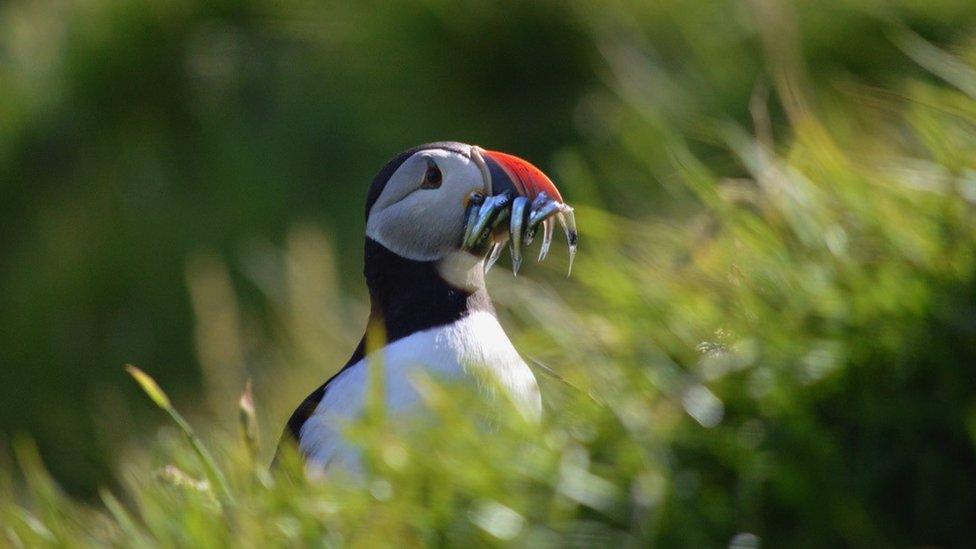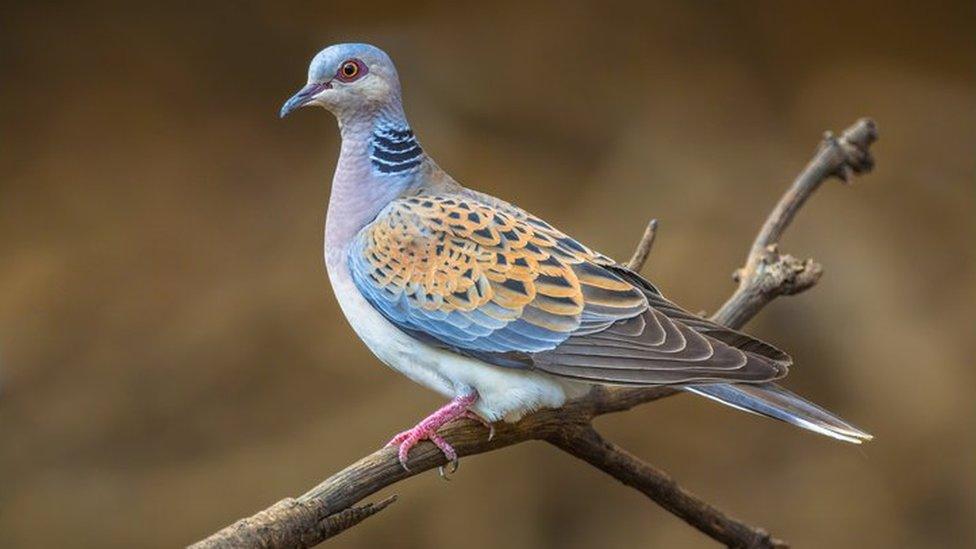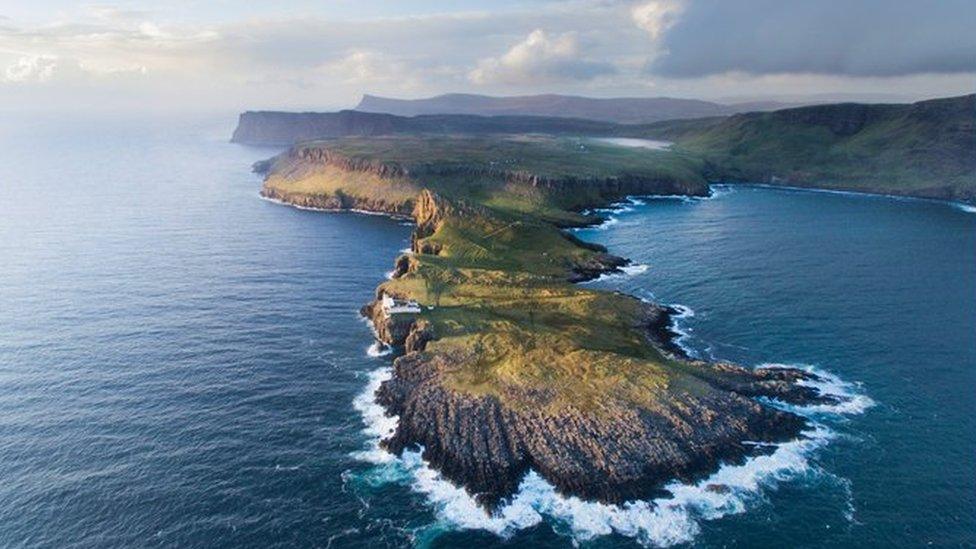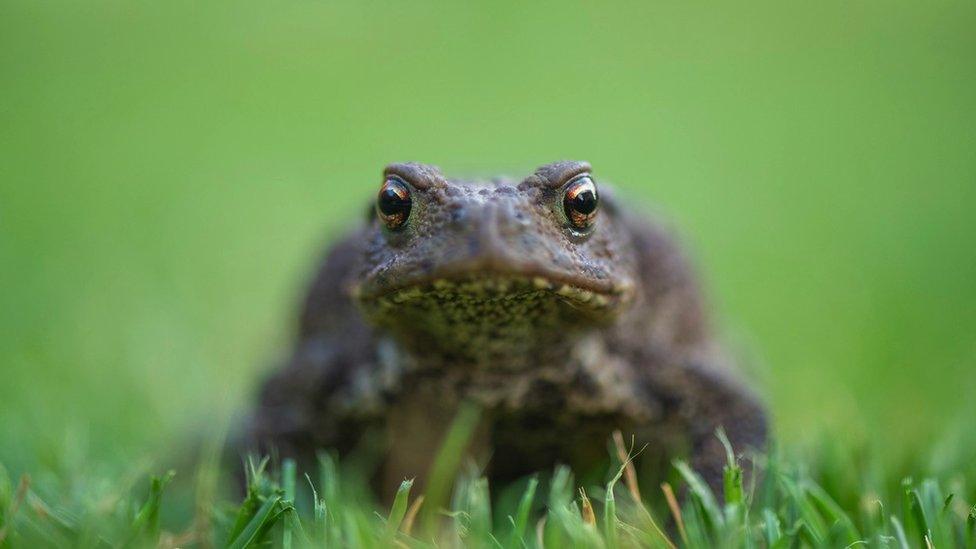UK Wildlife: State of the Nature 2023 report says more needs to be done to protect UK wildlife
- Published
- comments
Watch: UK Wildlife needs more protection, says report
A big study by conservation charities has found that more needs to be done to protect wildlife in Britain.
The State of Nature report looked at ten thousand species of plants, mammals, insects, birds and amphibians and found that around one in six were threatened with extinction.
Experts say that the turtle dove and the hazel dormouse are among those facing an uncertain future in the UK.
They added that factors such as climate change, intensive farming and pollution are all putting pressure on our wildlife.
Which species are under threat?

Many species of seabird - like puffins - have continued to decline in number
The State of Nature report was put together by more than sixty organisations, including wildlife conservation groups, government agencies and academics.
It looked back at around fifty years of research and found that natural spaces and the wildlife that depends on them are in decline.
Numbers of plants and animals monitored since the 1970s have decreased by an average 19%.

The turtle dove is one of the species named in the report as being at risk in the UK
Researchers say that the most at-risk groups included birds, amphibians and reptiles, fungi and land mammals.
Species affected include the turtle doves, water voles, lady's slipper orchids and European eels.
More than half of plant species have also declined and researchers have also warned that most of Britain's important natural habitats are in a poor condition - including woodland, wetlands and wildflower meadows.
We need to move far faster as a society towards nature-friendly land and sea use.
Why are so many species under threat?

The report found that intense farming and the effects of climate change, are having the biggest impacts on our wildlife.
At sea and on the coast, the main pressures on nature are unsustainable fishing, climate change and the way coasts and sea beds are looked after.
Conservation organisations say more investment and a shift to much more wildlife-friendly farming and fishing are urgently needed.
In England, an estimated 70% of land is farmed.
Beccy Speight from the Royal Society for the Protection of Birds (RSPB) said that the report should make everyone "sit up and listen".
Beccy also argued that restoring nature would also help to tackle the climate crisis: "We need to move far faster as a society towards nature-friendly land and sea use.
"Otherwise, the UK's nature and wider environment will continue to decline and degrade, with huge implications for our own way of life."

Busy roads often block migration paths for common toads, making it difficult for them to reach breeding ponds
The government has said it is committed to "increasing the amount of habitat for nature to thrive".
It added that it was investing in its "30-by-30" pledge, to protect 30% of land for nature by 2030.
Currently only about 11% of UK land is within protected areas, and the report says not all of it is well managed for nature and wildlife.
